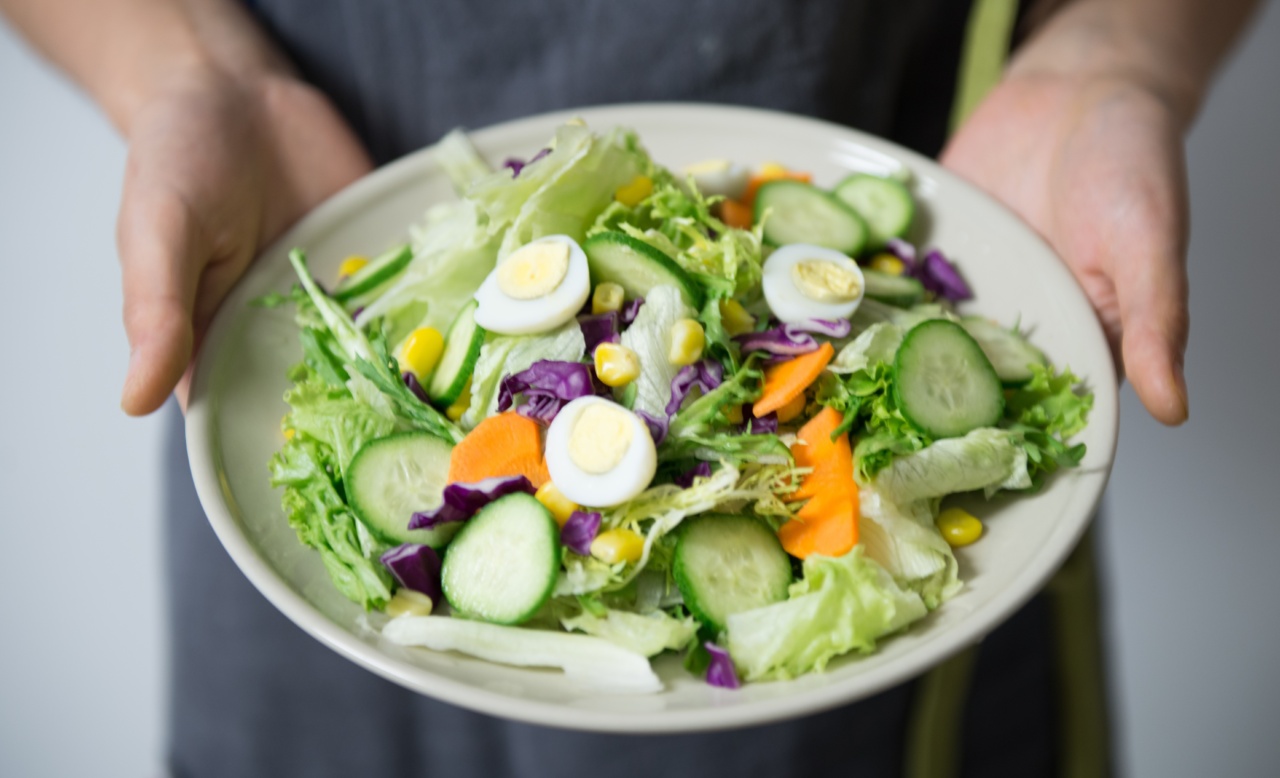Eating healthy doesn’t have to break your budget. With a little planning and creativity, you can enjoy nutritious meals without spending a fortune. Here are 25 cost-effective strategies to help you eat healthy on a budget:.
1. Plan your meals
Plan your meals for the week ahead of time and make a shopping list. This will help you avoid impulsive purchases and ensure that you have all the ingredients needed for your healthy meals.
2. Shop seasonally
Fruits and vegetables that are in season are typically less expensive than those that are out of season. Try to include seasonal produce in your meals for a cost-effective and nutritious option.
3. Buy in bulk
Buying ingredients in bulk is often more cost-effective than buying small portions. Consider shopping at bulk stores or buying large bags of grain, beans, and other staples.
4. Stock up on frozen fruits and vegetables
Frozen fruits and vegetables are a great alternative to fresh produce and are often more affordable. They can be stored for long periods and are convenient for quick meals and snacks.
5. Use leftovers creatively
Instead of throwing away leftovers, use them creatively in other meals. For example, leftover chicken can be used in a salad or soup.
6. Make your own snacks
Snack foods can be expensive and often are not very healthy. Making your own snacks, such as granola or trail mix, can be much more cost-effective and allows you to control the ingredients.
7. Shop at local farmers markets
Local farmers markets often have lower prices than supermarkets and offer fresh, seasonal produce. Supporting local farmers also has many benefits beyond just saving money.
8. Use cheaper cuts of meat
Cheaper cuts of meat, such as chicken thighs or pork shoulder, can be just as nutritious and flavorful as more expensive cuts. Try out new recipes and seasonings for delicious and cost-effective meals.
9. Cook from scratch
Prepared foods and convenience meals are often expensive and can be high in calories and unhealthy ingredients. Cooking your meals from scratch can be more cost-effective and allows you to control the ingredients.
10. Grow your own produce
Starting a vegetable garden can save you money in the long run and is also a fun and satisfying activity. Even if you don’t have space for a large garden, you can grow herbs, tomatoes, and other small plants in pots or containers.
11. Meal prep
Meal prepping can save you time and money by allowing you to cook larger portions and store them for later. You can also plan your meals in advance, which reduces the likelihood of impulsive or unhealthy choices.
12. Use plant-based proteins
Plant-based proteins, such as beans and lentils, are often more affordable than animal sources. They are also a great source of fiber, vitamins, and minerals. Try using them in soups, stews, and salads.
13. Make your own salad dressings and sauces
Store-bought salad dressings and sauces can be expensive and often contain unhealthy ingredients. Making your own dressings and sauces is easy and allows you to control the ingredients and flavors.
14. Buy generic or store brands
Generic and store brands are often less expensive than name brands and can be just as healthy and nutritious. Compare prices and ingredients to find the best deals.
15. Use coupons and discount apps
Coupons and discount apps can help you save money on healthy foods. Look for coupons in local newspapers or on retailers’ websites. There are also several apps that offer discounts and rewards for healthy purchases.
16. Cook with whole grains
Whole grains, such as quinoa and brown rice, are more nutritious than refined grains and are often less expensive. They can be used in a variety of dishes and add texture and flavor.
17. Stick to simple ingredients
Simple dishes with few ingredients can be just as delicious and nutritious as more complex meals. Stick to simple ingredients and experiment with different flavors and seasonings.
18. Use meat as a flavoring
Meat can be expensive, but it can also add flavor to dishes without being the main focus. Try using small amounts of meat in soups, stews, and stir-fries for flavor and nutrition.
19. Focus on nutrient-dense foods
Nutrient-dense foods, such as leafy greens, berries, and nuts, provide a lot of nutrition for their caloric value. Instead of filling up on empty calories, focus on incorporating a variety of nutrient-dense foods into your meals.
20. Try meatless meals
Meatless meals can be cost-effective and offer a variety of health benefits. Try incorporating vegetarian or vegan meals into your diet, such as black bean tacos or lentil soup.
21. Use canned or dried goods
Canned and dried goods, such as beans and canned tomatoes, are often more affordable than fresh produce and can be used in a variety of dishes. Look for low-sodium or no-added-sugar options.
22. Use spices and herbs
Spices and herbs are a great way to add flavor and nutrition to your meals without adding calories or expense. Experiment with different flavors and seasonings.
23. Eat breakfast at home
Eating breakfast at home instead of grabbing fast food on the go can save you money and provide you with a nutritious start to your day. Simple options, such as oatmeal or yogurt with fruit, are affordable and easy to prepare.
24. Avoid processed foods
Processed foods are often high in calories, unhealthy ingredients, and cost. Focus on incorporating whole foods into your meals and avoid highly processed snacks and convenience foods.
25. Be mindful of portion sizes
Overeating can lead to weight gain, increased health risks, and higher food costs. Be mindful of portion sizes and only buy and prepare what you need.






























